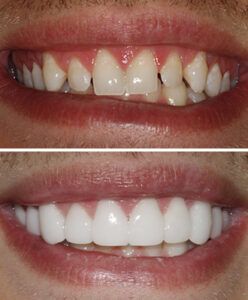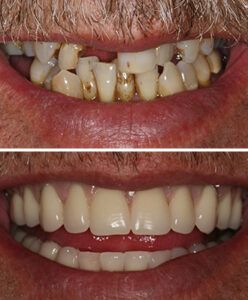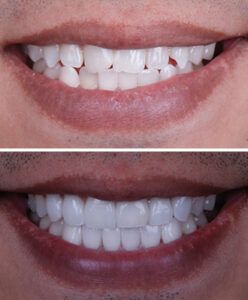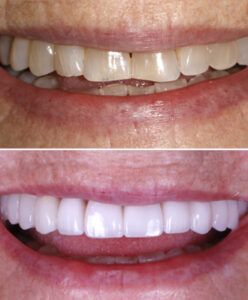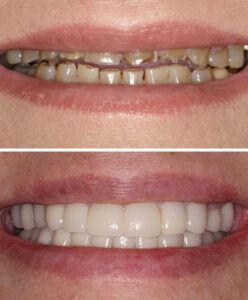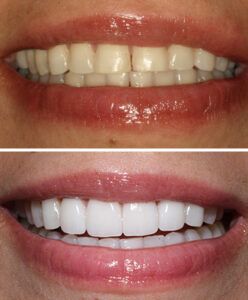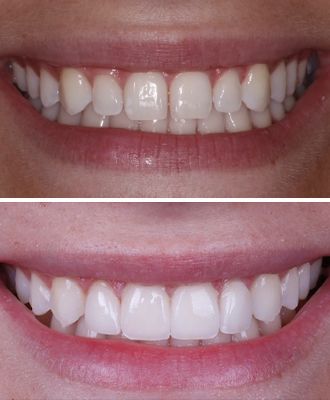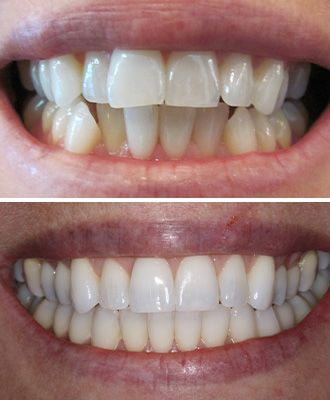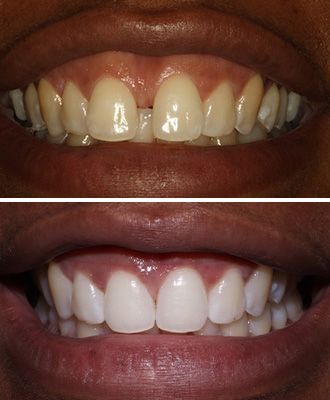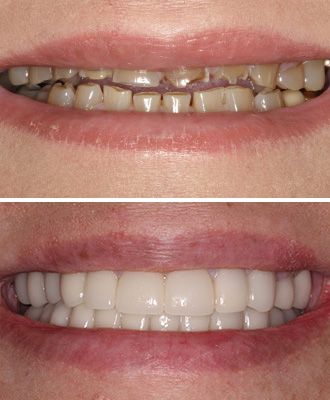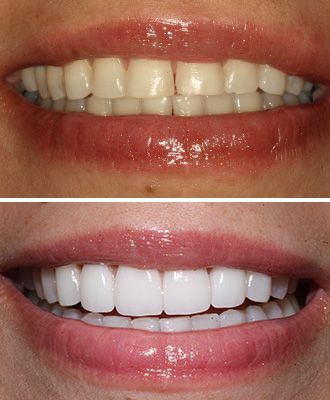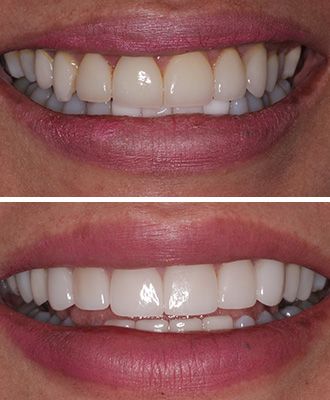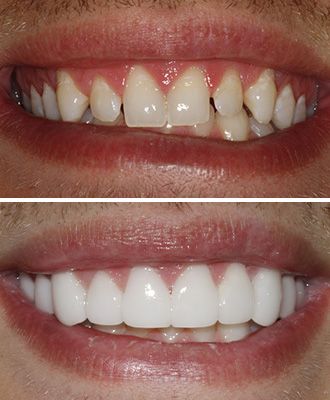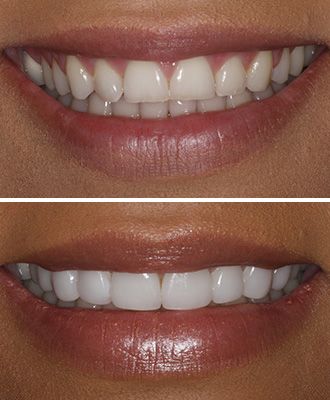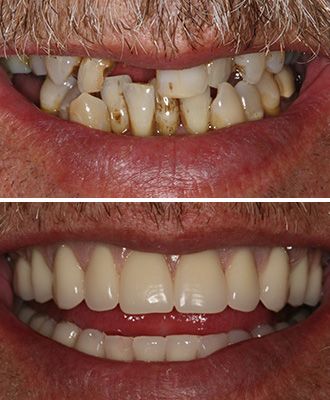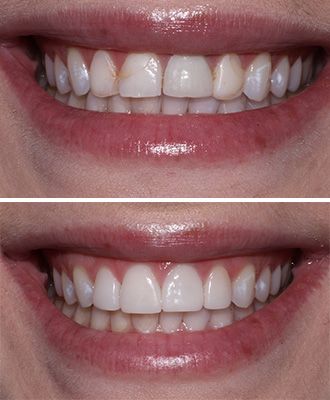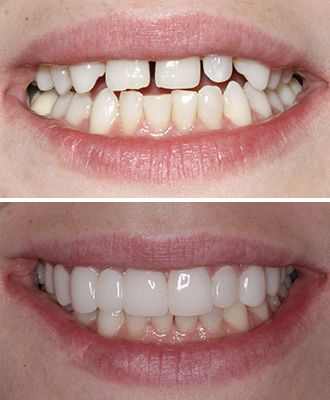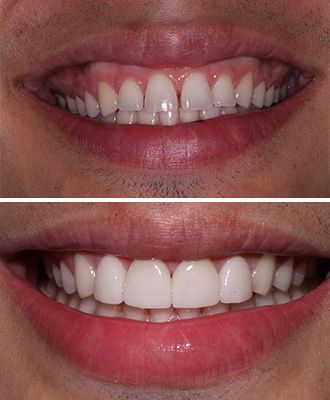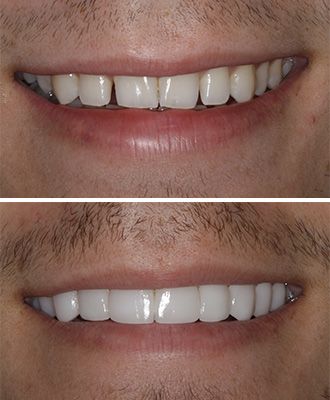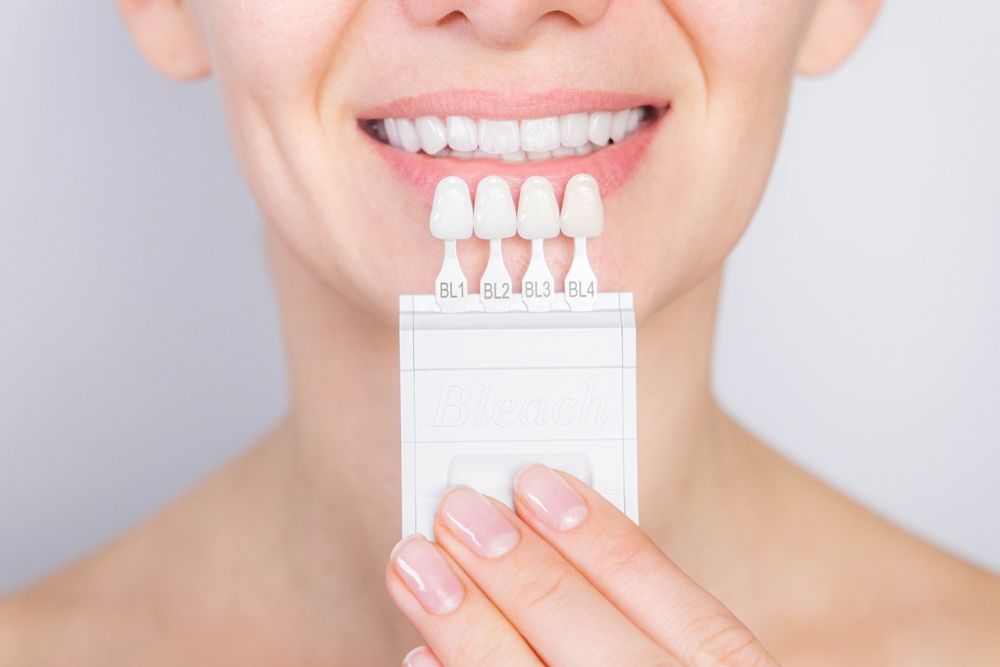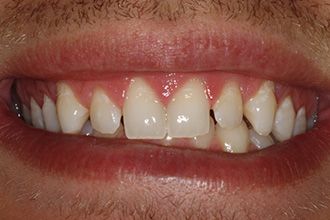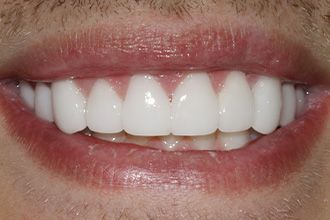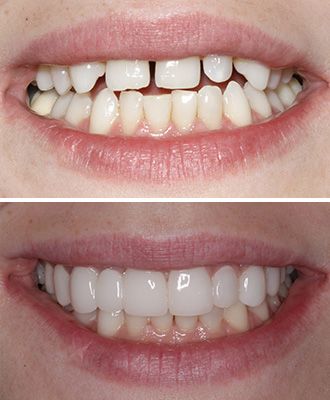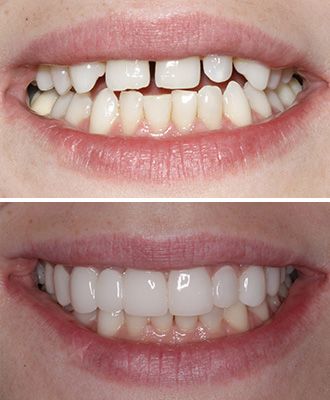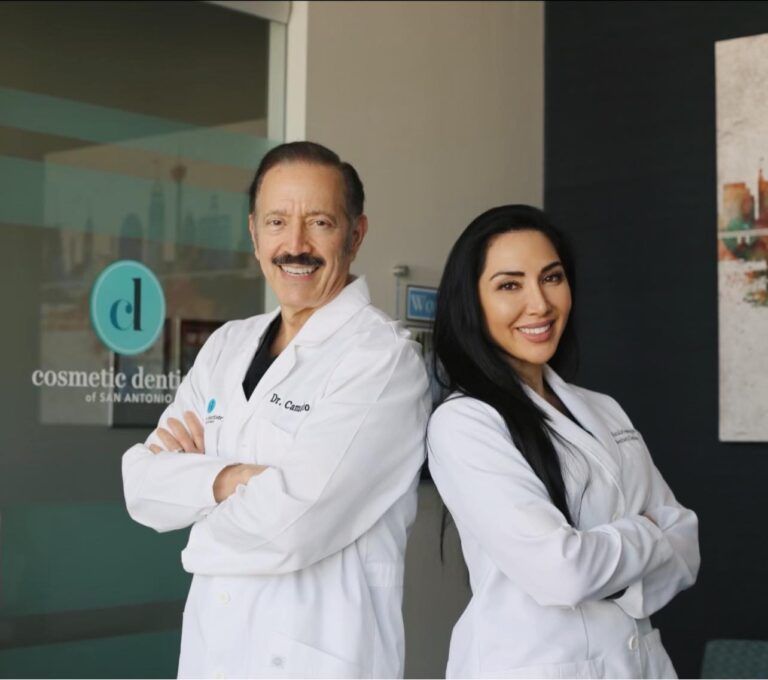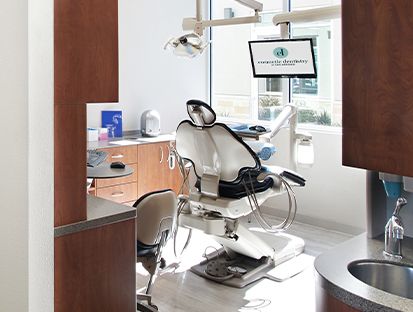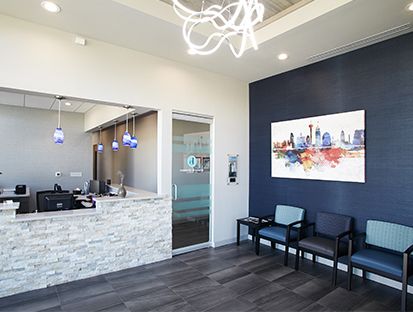In today’s world, where first impressions are often formed in seconds, the significance of a confident smile cannot be overstated. Cosmetic dentistry has emerged as a transformative field, offering a range of procedures designed to enhance the appearance of one’s teeth and, consequently, their self-esteem. From teeth whitening to veneers and orthodontics, cosmetic dentistry provides solutions that not only improve dental aesthetics but also bolster self-confidence. This blog explores the profound impact of cosmetic dentistry on boosting self-confidence, illustrating how an investment in your smile can lead to a more vibrant and assured life.
In This Blog:
- Understanding Cosmetic Dentistry
- The Psychological Impact of Dental Aesthetics
- How Cosmetic Dentistry Boosts Self-Confidence
Understanding Cosmetic Dentistry
Cosmetic dentistry encompasses a variety of dental procedures aimed at improving the appearance of your teeth, gums, and overall smile. Unlike general dentistry, which focuses on oral hygiene and the prevention, diagnosis, and treatment of oral diseases, cosmetic dentistry is primarily concerned with enhancing dental aesthetics. Here are some of the most common cosmetic dental procedures:
Teeth Whitening
One of the most popular cosmetic dental treatments, teeth whitening involves the use of bleaching agents to remove stains and discoloration from the teeth. This procedure can be performed in-office by a dentist or at home using custom-fitted trays provided by your dentist. Teeth whitening can significantly brighten your smile, often in just one visit.
Veneers
Dental veneers are thin, custom-made shells designed to cover the front surface of teeth. They are typically made of porcelain or composite resin and are used to correct a range of dental issues, including chipped, stained, or misaligned teeth. Veneers offer a natural-looking solution and can dramatically transform your smile.
Dental Implants
Dental implants are a long-lasting solution for missing teeth. They involve surgically placing a titanium post into the jawbone, which acts as a replacement root. A crown is then attached to the post, providing a natural-looking and functional tooth replacement. Dental implants not only improve the appearance of your smile but also enhance your ability to chew and speak properly.
Orthodontics (Braces and Aligners)
Orthodontic treatments, including traditional braces and clear aligners like Invisalign, are used to correct misaligned teeth and bite issues. While braces are often associated with children and teenagers, more adults are now seeking orthodontic treatment to achieve a straighter smile. Orthodontics can improve both the function and aesthetics of your teeth.
Bonding and Contouring
Dental bonding involves applying a tooth-colored resin to the teeth to repair chips, cracks, or gaps. Contouring, or reshaping, is a process where small amounts of enamel are removed to improve the shape or length of teeth. Both procedures are minimally invasive and can produce immediate results, enhancing the overall appearance of your smile.
By understanding the various cosmetic dental procedures available, you can better appreciate how these treatments can address specific dental concerns and contribute to a more confident, radiant smile.
How Cosmetic Dentistry Boosts Self-Confidence
Cosmetic dentistry has a remarkable ability to enhance self-confidence by improving the appearance of one’s smile. The benefits of these dental procedures extend beyond mere aesthetics, impacting various aspects of a person’s life, from social interactions to professional opportunities. Here’s how cosmetic dentistry can lead to a more confident you:
Immediate Improvements in Appearance
Cosmetic dental procedures can produce immediate and noticeable results. Whether it’s through teeth whitening, veneers, or bonding, patients often see a dramatic enhancement in their smile right after the treatment. This instant improvement can provide a significant boost in self-esteem, making individuals more willing to smile and engage with others.
Long-term Benefits of a Confident Smile
The benefits of a confident smile are long-lasting. When individuals feel good about their appearance, they are more likely to exhibit positive behaviors, such as maintaining better oral hygiene and smiling more often. A confident smile can also contribute to better mental health by reducing feelings of self-consciousness and anxiety related to dental appearance.
Social and Professional Advantages
A bright, healthy smile can open doors in both personal and professional realms. Socially, people with attractive smiles are often perceived as more friendly, approachable, and trustworthy. Professionally, a confident smile can enhance one’s presence, making a positive impression during job interviews, presentations, and networking events. This can lead to increased opportunities and career advancement.
Increased Motivation for Better Oral Hygiene
Undergoing cosmetic dental procedures often motivates individuals to take better care of their teeth. The desire to maintain the results of treatments like teeth whitening or veneers encourages patients to adhere to good oral hygiene practices, such as regular brushing, flossing, and dental check-ups. This not only preserves the aesthetic results but also contributes to overall oral health.
Enhanced Quality of Life
The improvements in self-confidence and social interactions resulting from cosmetic dentistry can lead to an enhanced quality of life. People who feel good about their smile are more likely to participate in social activities, form meaningful relationships, and pursue their goals with greater enthusiasm. The positive impact on mental health and overall well-being is a testament to the transformative power of a beautiful smile.
Maintaining Your New Smile
Maintaining your new smile after cosmetic dental procedures is essential to preserving its beauty and health. To keep your smile looking its best, practice good oral hygiene by brushing at least twice a day with fluoride toothpaste and flossing daily to remove plaque and food particles. Regular dental check-ups and professional cleanings, ideally every six months, are crucial for monitoring your oral health and the condition of any cosmetic treatments. Avoid foods and drinks that can stain your teeth, such as coffee, tea, and red wine, and consider using a straw to minimize contact with your teeth. If you have veneers, dental implants, or other restorations, follow your dentist’s specific aftercare instructions to prevent damage. Additionally, adopting a healthy lifestyle, including a balanced diet and avoiding smoking, can contribute to the longevity of your new smile. By taking these steps, you can ensure that your investment in cosmetic dentistry continues to enhance your self-confidence and overall well-being.
Conclusion
In conclusion, the transformative power of cosmetic dentistry extends far beyond aesthetic improvements. By enhancing the appearance of your smile, cosmetic dental procedures can significantly boost self-confidence, leading to a more positive outlook on life and greater success in both personal and professional realms. Whether it’s through teeth whitening, veneers, or orthodontics, investing in your smile is an investment in yourself. The psychological and social benefits of a confident smile are immense, making it a worthwhile pursuit for anyone looking to improve their self-esteem and quality of life. So, take the first step towards a brighter, more confident future by exploring the cosmetic dental options available to you. Your perfect smile is just a dental visit away!
Dr. Edward Camacho earned his DDS from the University of Texas Health Science Center. He believes in continuing his education and training and that a dentist’s education should never cease. As a result, he has received extensive training in aesthetic dentistry, restorative dentistry, dental implant placement, orthodontics, computerized dentistry, and laser dentistry. Dr. Camacho’s continued education and completed cosmetic procedures has helped him establish himself as one of San Antonio’s leading cosmetic dentists. He has completed thousands of cosmetic procedures over the span of his 40 year career.


